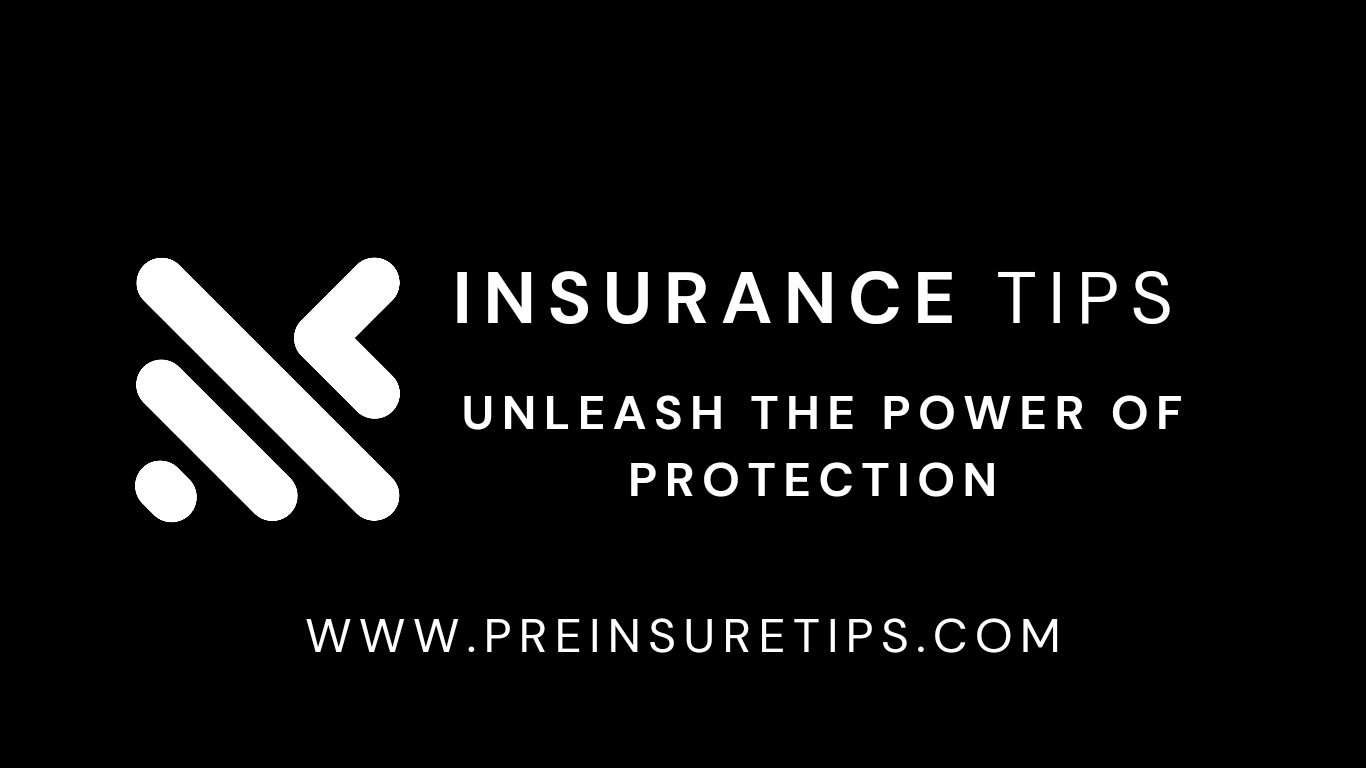Commercial property insurance is a crucial aspect of safeguarding businesses against unforeseen events that could lead to financial losses. In this comprehensive guide, we will delve into the various factors influencing the average cost of commercial property insurance, offering valuable insights for business owners seeking adequate coverage.
A. Definition of Commercial Property Insurance
Commercial property insurance provides financial protection for businesses by covering losses and damages to their physical assets. These assets may include buildings, inventory, equipment, and more.
B. Importance of Commercial Property Insurance
Businesses invest significantly in their properties, and commercial property insurance is vital for mitigating risks such as fire, theft, natural disasters, and other unforeseen events.
II. Factors Influencing Commercial Property Insurance Costs
A. Property Location
The geographical location of a business greatly influences insurance costs due to varying risks associated with different regions.
B. Type of Business
The nature of the business plays a crucial role in determining insurance costs, with high-risk industries facing higher premiums.
C. Coverage Limits
Businesses must carefully assess their coverage needs, as higher coverage limits typically result in higher premiums.
D. Deductibles
Choosing a higher deductible can lead to lower premiums, but it’s essential to strike a balance based on the business’s risk tolerance.
III. Average Cost Breakdown
A. Annual Premiums
Business owners should understand the annual premium structure and how it contributes to the overall cost of commercial property insurance.
B. Coverage Types
Different coverage types, such as basic, broad, or special form policies, impact the overall cost and level of protection.
C. Industry Averages
Examining industry averages provides businesses with benchmarks for evaluating the competitiveness of their insurance costs.
IV. Tips for Lowering Commercial Property Insurance Costs
A. Risk Mitigation Strategies
Implementing risk management measures can lead to lower insurance costs by reducing the likelihood of claims.
B. Bundling Insurance Policies
Bundling multiple insurance policies with the same provider often results in discounts, lowering the overall insurance expenditure.
C. Regular Policy Reviews
Frequent policy reviews help businesses stay aligned with their evolving needs, preventing unnecessary expenses.
V. Real-Life Examples
A. Case Study 1: Retail Business
Exploring a retail business’s experience with commercial property insurance offers practical insights into cost considerations.
B. Case Study 2: Manufacturing Company
Examining a manufacturing company’s insurance strategy showcases industry-specific factors influencing costs.
VI. Comparing Quotes from Different Insurers
A. Importance of Shopping Around
Obtaining quotes from various insurers allows businesses to identify cost-effective options and tailor coverage to their needs.
B. Online Tools for Comparison
Online tools simplify the comparison process, enabling businesses to make informed decisions efficiently.
VII. Understanding Policy Exclusions
A. Common Exclusions
Business owners should be aware of common exclusions in commercial property insurance policies to avoid coverage gaps.
B. Customizing Policies for Specific Needs
Tailoring policies to address specific business risks ensures comprehensive coverage without unnecessary expenses.
VIII. Impact of Business Size on Insurance Costs
A. Small Businesses vs. Large Corporations
Insurance costs vary based on business size, with small businesses often benefiting from more affordable options.
B. Tailored Solutions for Different Sizes
Insurers offer tailored solutions for businesses of different sizes, aligning coverage with specific requirements.
IX. Importance of Professional Advice
A. Insurance Brokers
Consulting with insurance brokers provides businesses with expert guidance in navigating the complexities of commercial property insurance.
B. Consultation with Risk Management Experts
Engaging risk management experts helps businesses identify potential risks and develop strategies for mitigating them.
X. Future Trends in Commercial Property Insurance
A. Technological Advances
Technological innovations are shaping the future of commercial property insurance, influencing both costs and coverage options.
B. Emerging Risks
Businesses should stay informed about emerging risks to ensure their insurance coverage remains adequate.
XI. Addressing Common Misconceptions
A. Myth 1: Insurance is Unnecessary
Dispelling the misconception that insurance is unnecessary emphasizes the importance of proactive risk management.
B. Myth 2: One-Size-Fits-All Policies
Highlighting the fallacy of one-size-fits-all policies encourages businesses to seek customized solutions tailored to their unique needs.
XII. Legal Requirements and Compliance
A. Regulatory Compliance
Understanding and adhering to legal requirements is essential for businesses to avoid penalties and legal complications.
B. Legal Consequences of Non-Compliance
The legal consequences of non-compliance underscore the importance of maintaining proper insurance coverage.
XIII. The Role of Claims History
A. Impact on Premiums
A favorable claims history positively impacts insurance premiums, emphasizing the significance of responsible claims management.
B. Strategies for Maintaining a Favorable Claims Record
Implementing effective claims management strategies helps businesses maintain a favorable claims history.
XIV. Industry-Specific Considerations
A. Hospitality Sector
The hospitality sector faces unique risks, and businesses within this industry must consider specific factors when determining insurance costs.
B. IT and Technology Companies
Innovative industries like IT and technology must address evolving risks and incorporate them into their insurance strategies.
XV. Case for Continuous Education
A. Keeping Abreast of Industry Changes
Continuous education is crucial for businesses to stay informed about industry changes that may impact insurance needs.
B. The Role of Employee Training
Employee training plays a role in risk mitigation, contributing to a safer work environment and potentially lowering insurance costs.
Conclusion
In conclusion, understanding the average cost of commercial property insurance involves a comprehensive analysis of various factors. Business owners should proactively manage risks, stay informed about industry trends, and seek professional advice to optimize their insurance expenditures.
FAQs
- What is the average annual premium for commercial property insurance?
- How can businesses mitigate risks to lower insurance costs?
- Is it necessary to consult with an insurance broker when purchasing commercial property insurance?
- What are the common exclusions in commercial property insurance policies?
- How often should businesses review their commercial property insurance policies?

